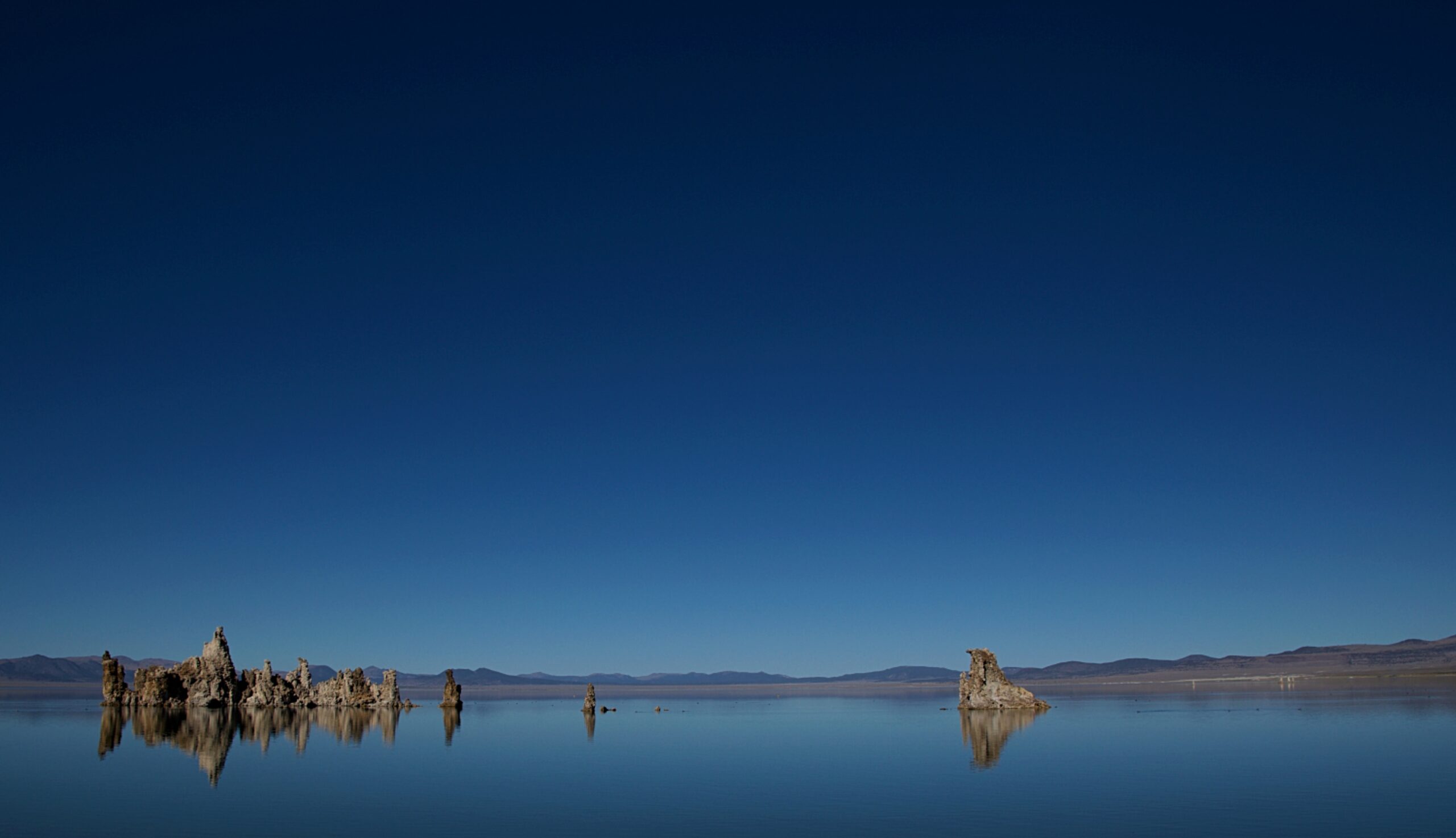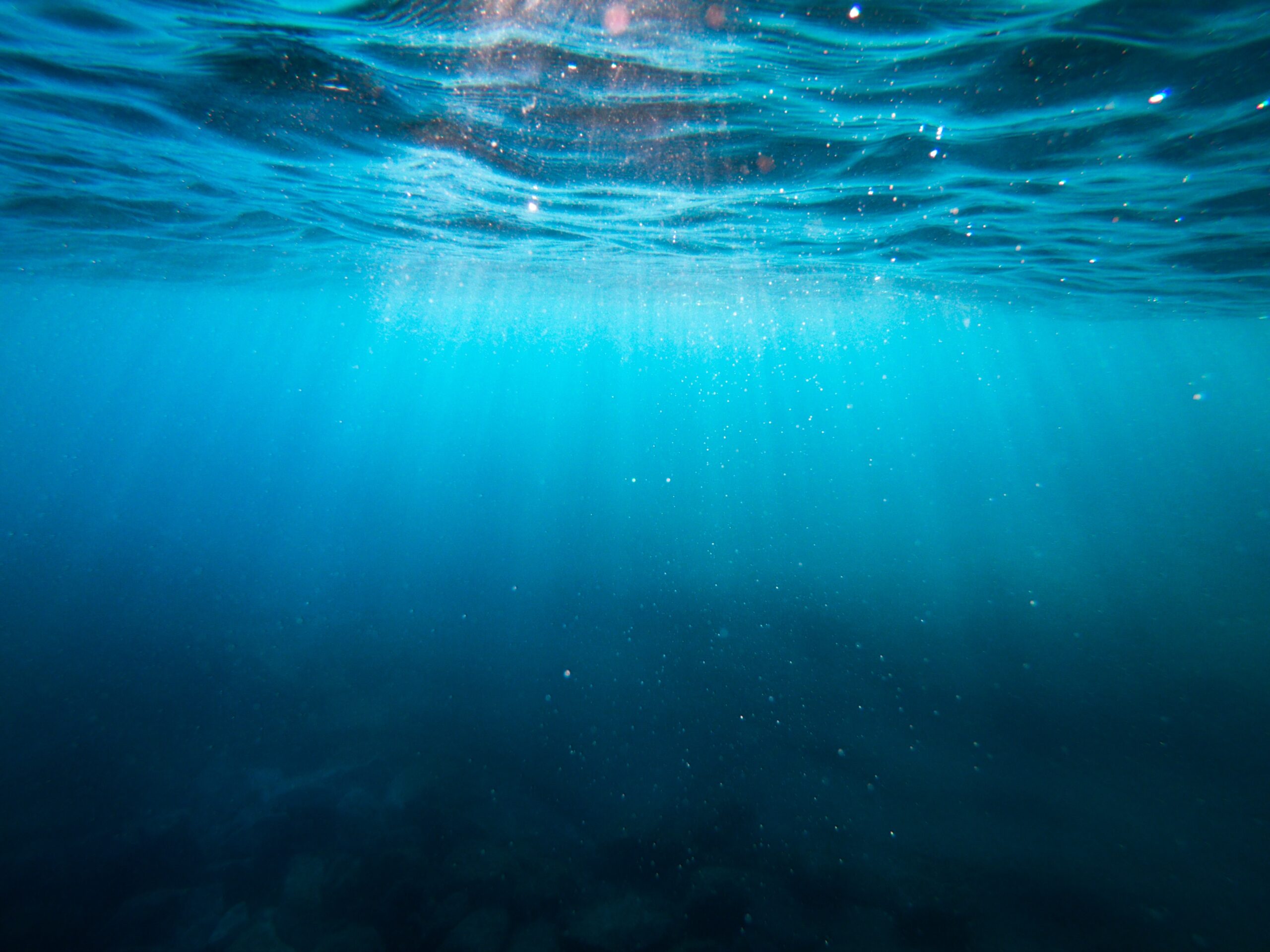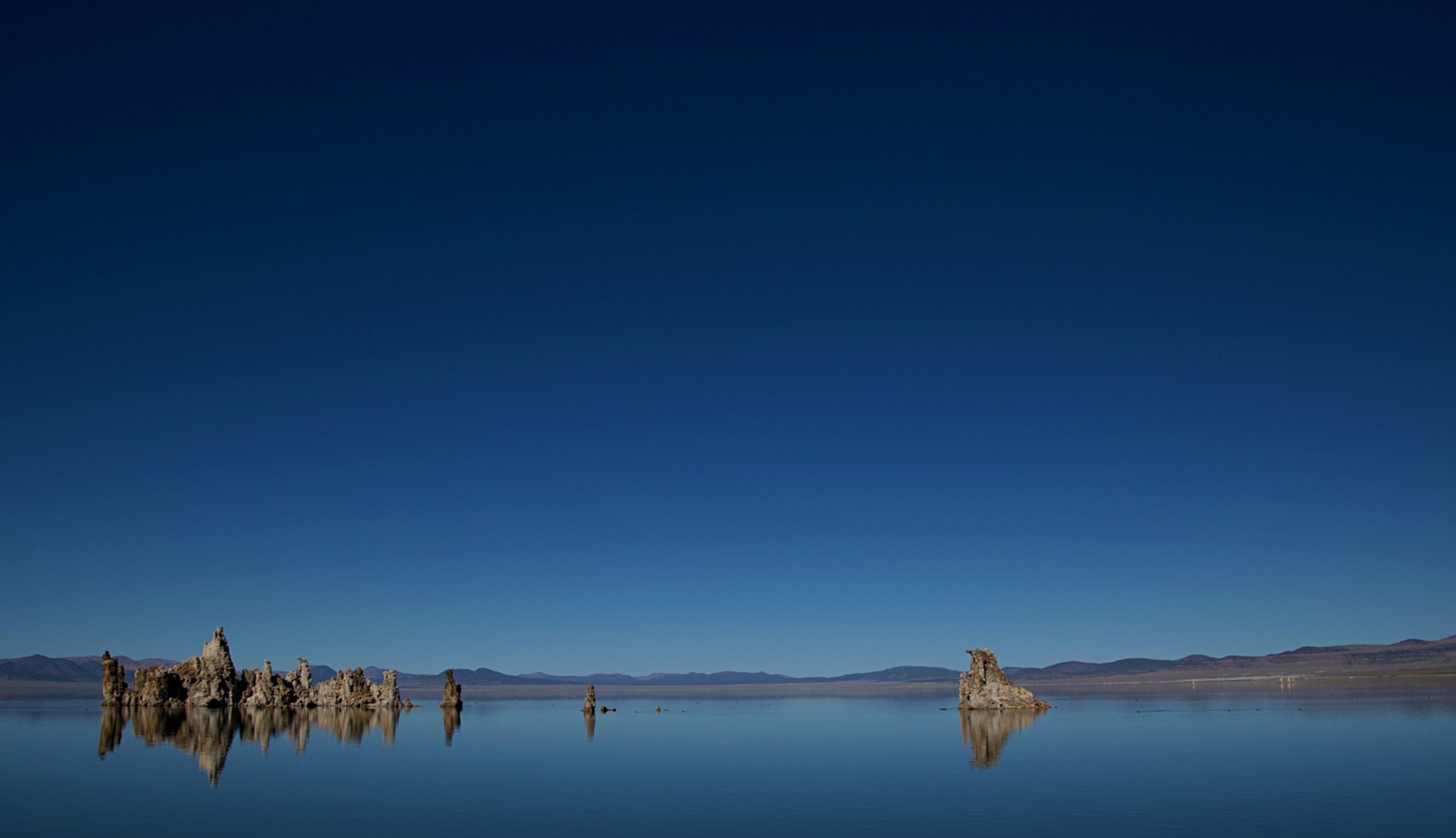Imagine you find yourself in the heart of a vast and arid desert landscape, where the scorching sun beats down relentlessly and water seems like an elusive dream. In such a desperate situation, knowing the best techniques for finding water becomes a matter of survival. This article aims to provide you with invaluable insights and practical tips to help you navigate the challenges of a desert environment and discover its hidden water sources. So, brace yourself for an enlightening journey as we unveil the secrets of finding water in a barren desert landscape.
Understanding the Desert Environment
Deserts are characterized by their extreme aridity and harsh conditions. The lack of significant rainfall and vegetation cover, coupled with high temperatures, make finding water in the desert a challenging task. However, by understanding the unique characteristics of the desert environment, you can increase your chances of locating water sources and ensuring your survival.
Characteristics of a Desert
Deserts are defined by their low and irregular precipitation levels, typically receiving less than 250 millimeters (10 inches) of rain per year. These dry conditions contribute to the scarcity of water in the desert. The lack of vegetation cover also leads to rapid evaporation, further depleting any available water sources.
Another characteristic of deserts is their extreme temperature fluctuations. During the day, temperatures can soar well above 38 degrees Celsius (100 degrees Fahrenheit), while at night, they can drop to below freezing. These harsh temperature variations pose additional challenges when searching for water, as it can affect the availability and accessibility of water sources.
Challenges of Finding Water in the Desert
One of the main challenges when it comes to locating water in the desert is its scarcity. Unlike other environments, where water is more readily available, deserts have limited surface water sources. Additionally, the lack of vegetation restricts the presence of underground water sources, making them harder to find.
Furthermore, the harsh conditions and high evaporation rates in the desert can make it difficult to accurately determine the location of water sources. This can lead to wasted energy and precious resources in your search for water.
Understanding Desert Temperatures
Understanding how deserts fluctuate in temperature is crucial for both your comfort and survival. The scorching daytime heat can be unbearable, while the freezing temperatures at night can be equally challenging. These extreme temperatures not only affect your body’s hydration needs but also impact the availability of water in the desert.
It is important to stay well-hydrated during the day, as your body loses water through perspiration in an attempt to regulate your internal temperature. At night, the cool temperatures can cause condensation, leading to a potential water source. By understanding and adapting to these temperature variations, you can better prepare for finding and conserving water in the desert.
Types of Desert Water Sources
Despite the arid conditions, there are several types of water sources that can be found in the desert. Understanding these sources and knowing how to identify and tap into them can greatly increase your chances of finding water.
Surface Water Sources
Surface water sources in the desert include rivers, streams, and any standing or flowing water visible on the surface. Although these sources may be rare and unpredictable, they can be crucial for survival if found. Look for signs of moisture, such as damp or muddy areas, as these may indicate the presence of surface water.
Underground Water Sources
Underground water sources in the desert, known as aquifers, are another potential lifesaver. These water reservoirs can be found below the surface, stored in porous rock layers or within the sand itself. To tap into underground water sources, look for natural wells, springs, or signs of vegetation that thrive in areas where water is closer to the surface.
Rainwater Collection
Rainwater, although infrequent, can provide a temporary but valuable water source in the desert. When rain does occur, maximize your ability to collect it by using containers, tarps, or any other waterproof material to capture and store the water. Even a small amount of rainfall can offer some relief from the dry conditions.
Condensation Techniques
Condensation techniques involve capturing and collecting water vapor from the air. One common method is the use of a solar still, which uses the sun’s heat to evaporate water and then collects the condensed moisture. Other techniques include using vegetation or a plastic bag to create a similar condensation effect. These methods can provide a vital source of water in the desert, especially during cooler nights when condensation is more likely to occur.

Vegetation as Water Indicators
Vegetation in the desert plays a crucial role in identifying potential water sources. Certain plants have adapted to survive in the arid conditions by developing deep root systems that tap into underground water sources. By understanding the characteristics of water-rich plants and learning to identify indicators of water, you can increase your chances of finding accessible water in the desert.
Understanding Water-Rich Plants
Water-rich plants in the desert are known as hydrophytes and have specific adaptations that allow them to store and conserve water efficiently. Look for plants with fleshy leaves, succulents, or those with deep root systems as they are more likely to indicate the presence of water sources nearby.
Identifying Vegetation Indicative of Water
Vegetation patterns can provide clues about the availability of water in the desert. Look for areas with a higher density of vegetation or an oasis-like environment, as these are indicative of water sources. Trees and shrubs may also indicate signs of underground water or moisture, as their root systems allow them to reach deeper sources.
Utilizing Water from Plants
In desperate situations, water can be obtained from certain desert plants. Cacti, for example, contain a significant amount of water in their pulp. By using a knife or other sharp object, you can puncture the cactus and collect the liquid for drinking. However, it is important to be cautious and mindful of conservation when relying on such methods, as damaging vegetation could disrupt the delicate desert ecosystem.
Animal Behaviors Indicative of Water
Animals have evolved unique behaviors to survive and locate water in the desert. By observing their actions, you can gain valuable insights into potential water sources.
Animals That Lead to Water
Certain animals, known as water-seeking animals, have adapted to locate and meet their hydration needs in the desert. Following their tracks, such as camels or desert foxes, can lead you to nearby water sources. Be observant of animal behavior, as their instincts and knowledge of the environment can prove invaluable in your own search for water.
Bird Behaviors Indicating Water
Birds are excellent indicators of the presence of water in the desert. They often congregate around water sources and are frequently seen flying in specific directions or following a particular path. By paying attention to the flight patterns and behavior of birds, you may be able to deduce the location of water.
Insect Activity and Water Presence
Insects, particularly bees and ants, are highly sensitive to moisture and can provide valuable clues about water sources in the desert. Watch for areas with increased insect activity, as it may indicate nearby water, such as small pools or moist soil. Be mindful of the types of insects present, as certain species, such as bees, may lead you directly to water.

Reading the Desert Landscape
Understanding how to navigate and interpret the features of the desert landscape is essential for locating water sources. By carefully observing your surroundings, you can identify key indicators that reveal potential sources of water.
Look for Green Patches
Green patches of vegetation in the desert are a strong indication of the presence of water. These areas often provide an oasis-like environment and are ideal locations to search for surface or underground water sources. Keep an eye out for these patches of green, as they can be a lifeline in an otherwise barren landscape.
Inclines and Valleys
Inclines and valleys can channel and collect water in the desert. Water naturally flows downhill, so look for depressions or lower-lying areas where water may have accumulated. These inclines and valleys can act as reservoirs, making them potential locations for accessing water.
Presence of Rocks and Where They Might Lead
Rocks, especially large rock formations, can influence the flow and accumulation of water in the desert. Look for natural depressions or crevices in rocks, as they may indicate water runoff or pooling during rain. Additionally, rocks can provide shade and shelter, making them important landmarks to consider when searching for water in the desert.
Using Technology to Find Water
Technology can greatly assist in your quest to find water in the desert. Various devices and tools have been developed to help identify potential water sources.
Handheld Water Detectors
Handheld water detectors use electromagnetic waves to detect changes in soil moisture. By scanning the ground, these devices can indicate areas where water may be present. They are particularly useful for identifying underground water sources in the desert.
Advanced Moisture Sensors
Advanced moisture sensors are more accurate and sophisticated than handheld water detectors. They use probes to measure soil moisture content at different depths, providing more detailed information about water availability in the area. These sensors can be invaluable for identifying underground water sources and determining the depth at which water is located.
Infrared Aerial Imagery
Infrared aerial imagery, captured by drones or satellites, can detect temperature variations in the desert landscape. This technology enables the identification of potential water sources by detecting areas with higher moisture content or shading caused by vegetation. By analyzing these images, you can pinpoint areas that may have hidden water sources.

Building Sand Wells
Sand wells, also known as desert wells, are a traditional method of extracting water from the desert. With the right knowledge and resources, you can build a sand well to access underground water sources.
Basic Steps to Building a Sand Well
Building a sand well involves digging a hole into the sand until you reach a layer of damp sand or groundwater. The basic steps include selecting a suitable location, digging the well, and installing a lining or casing to prevent the sand from collapsing.
Materials Needed
To build a sand well, you will need basic tools such as shovels, buckets, ropes, and a strong lining or casing material. The lining material can be plastic, metal, or any other material that can withstand the pressure of the surrounding sand.
Ensuring the Safety of Sand Wells
When building a sand well, it is essential to prioritize safety. Always dig with caution, ensuring the well does not collapse during the construction process. Additionally, be mindful of the potential for contamination, as sand can introduce impurities into the water. Properly lining and sealing the well can help mitigate these risks.
Solar Still Techniques
Solar still techniques harness the power of the sun to extract drinking water from the desert. By utilizing basic principles of evaporation and condensation, you can build your own solar still to collect moisture.
How Do Solar Stills Work
Solar stills work by using the sun’s heat to evaporate water, which then condenses and collects as distilled water. This process effectively separates impurities from the water, providing a relatively safe source of drinking water.
Building Your Own Solar Still
To build a basic solar still, you will need a hole in the ground, a container to collect the water, a clear plastic sheet, and rocks to weigh down the edges of the plastic. The still should be positioned to maximize sun exposure and ensure proper condensation.
Tips for Maximizing Solar Still Water Collection
To optimize water collection in a solar still, consider placing fresh vegetation or moist soil in the hole before covering it with the plastic sheet. This will increase the evaporation rate and subsequently enhance condensation. Additionally, ensure a tight seal around the edges of the plastic to prevent moisture from escaping.
Survival Techniques in the Desert Without Water
In a survival situation without access to water, adopting specific techniques to conserve body moisture and maximize hydration is crucial for survival.
Conserving Body Moisture
To conserve body moisture, it is essential to minimize sweating and water loss through other means. Avoid unnecessary physical exertion, seek shade or create shelter to reduce exposure to the sun, and wear loose-fitting clothing to enable air circulation. Additionally, cover exposed skin to reduce evaporation from the surface.
Using Urine for Hydration
In extreme situations, urine can be used as a last resort for hydration. Although not an ideal option, urine can temporarily quench thirst and provide some hydration. Be aware that using urine as a water source should only be considered in emergencies, as it can lead to further dehydration due to its high salt content.
Physical Exertion and Dehydration
Physical exertion accelerates dehydration, especially in the desert. Avoid unnecessary activities, conserve energy, and rest during the hottest parts of the day. If you must engage in physical activity, do so during the cooler hours, and ensure you replenish lost fluids and electrolytes to maintain hydration.
Making Unsafe Water Safe to Drink
In desperate situations, unsafe water sources may be the only option available. However, it is crucial to purify and disinfect the water to minimize the risk of waterborne illnesses.
Boiling as a Water Purification Method
Boiling water is one of the most effective methods to kill harmful bacteria and parasites. Bring the water to a rolling boil for at least one minute, or three minutes at higher altitudes, to ensure it is safe to drink. Remember to let the water cool before consuming.
Chemical Disinfection of Water
Chemical disinfection can be used alongside boiling or when boiling is not feasible. Common disinfectant options include iodine tablets or chlorine drops. Follow the instructions on the product packaging, as they may vary depending on dosage and contact time. Allow the water to stand for the recommended time before drinking.
Desert-Specific Water Treatment Methods
In desert environments, specific water treatment methods may be necessary to address unique challenges. These methods include using solar disinfection (SODIS) to harness the sun’s ultraviolet rays, as well as using specialized filters or purification systems designed for desalination or treating brackish water. Research and carry appropriate equipment specific to desert conditions to ensure the safety of your drinking water.
In conclusion, finding water in a desert landscape can be a challenging task, but with knowledge and preparation, you can increase your chances of survival. Understanding the characteristics of deserts, learning to identify different water sources, and utilizing available technology and traditional techniques are essential. By reading the landscape, observing animal behaviors, and conserving body moisture, you can navigate the desert environment more effectively. Remember to exercise caution, prioritize safety, and take necessary precautions when collecting, purifying, and consuming water in the desert.

